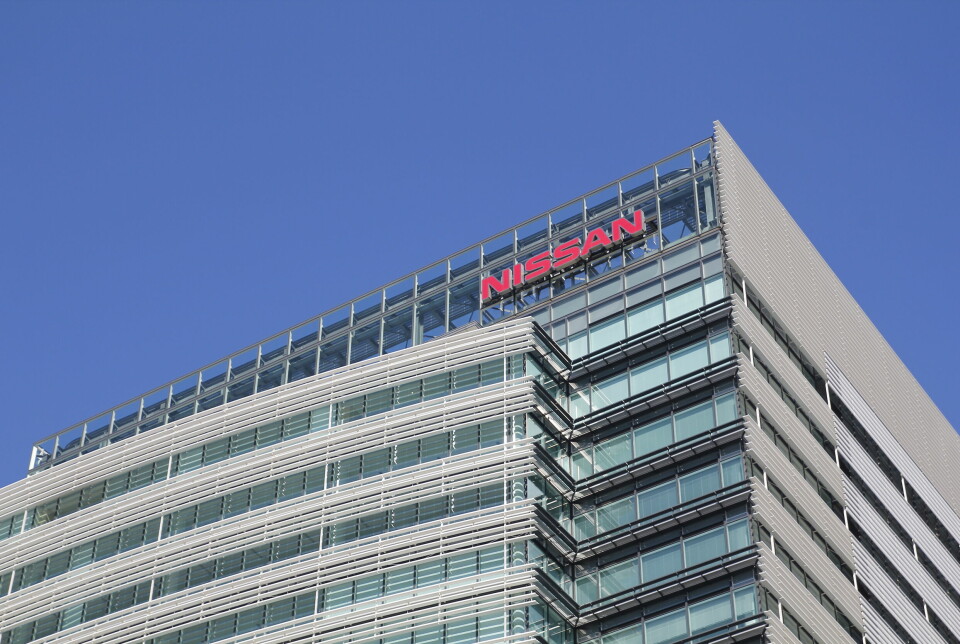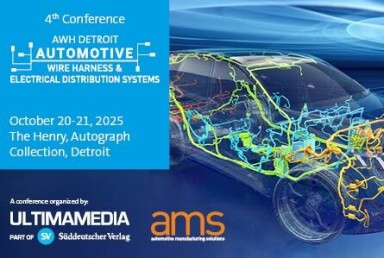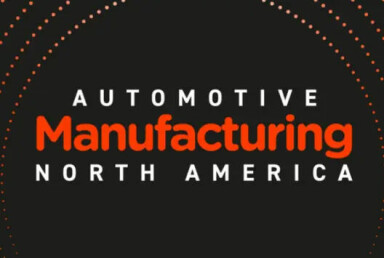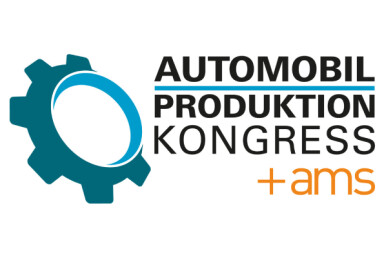Nissan's regional production pivot

Nissan to halt Oppama output and shift to Kyushu
The OEM will end vehicle production at its Oppama plant by FY 27 and transfer output to Kyushu as part of the Re:Nissan plan, cutting capacity from 3.5 m to 2.5 m units to restore efficiency and long‑term competitiveness
Recently, AMS reported that Nissan was exploring a bold fix for its struggling Oppama plant by partnering with Foxconn, the Taiwanese electronics giant that has been eager to gain a foothold in Japan’s automotive sector. Those talks, which hinted at an unconventional future for the site, now appear overtaken by a more traditional but no less drastic decision.
Nissan has now confirmed that it will end vehicle production at Oppama by the close of fiscal year 2027, and consolidate output at its Nissan Motor Kyushu facility in Fukuoka Prefecture. The announcement seals the fate of one of Nissan’s most storied factories, a site that since 1961 has turned out more than 17.8 million vehicles.
From collaboration to consolidation
This latest pivot, marks a decisive step in the carmaker's Re:Nissan recovery plan, which aims to reduce global production capacity from 3.5 million units (excluding China), to 2.5 million and push plant utilisation close to 100%. Under the new plan, models built at Oppama, both current and future, will migrate to Kyushu, where Nissan sees scope for greater efficiency and investment potential.
The decision comes after months of speculation about alternatives. When utilisation at Oppama slumped to 40% last year, well below the profitability threshold of 80%, the economic rationale for drastic action was clear. Partnering with Foxconn could have preserved jobs and maintained regional supply chains, but such a deal risked political friction and operational complexity. Consolidating in Kyushu offers a cleaner, if painful, route.
A candid admission from the top

Chief executive Ivan Espinosa acknowledged the gravity of the move. “Today, Nissan made a tough but necessary decision. It wasn’t easy—for me or for the company—but I believe it’s a vital step toward overcoming our current challenges and building a sustainable future,” he said.
“The Oppama Plant is a proud part of our history, and its legacy will endure. I want to sincerely thank our employees, the local community, and our partners who have supported this plant with dedication and heart. We will continue to operate in the Oppama area with strong support for the local community, as we carry forward the spirit of Oppama plant and work to restore Nissan’s true value.”
Local impact, jobs, and closing a chapter under pressure
Employees at Oppama will remain in post until FY 2027, after which Nissan will open talks with unions and set clear employment policies. While production will cease, the site will not go dark. Facilities such as the Nissan Research Centre, the GRANDRIVE proving ground, crash-test labs and the Oppama Wharf will continue to operate.
The closure reflects Nissan’s broader struggle to adapt to the twin shocks of electrification and geopolitical risk. Under the previous US administration, tariffs threatened to carve as much as ¥450 billion (around $3.06 billion) from operating profit, forcing Nissan to rethink its global footprint. By consolidating capacity in Japan, the carmaker hopes to cut costs, lift product profitability and shore up its long-term position.
In parallel, Nissan will end NV200 production at its Shonan plant in FY 2026, with a successor due in FY 2027. It will also halt consignment of the AD model in October 2025. These steps conclude the company’s domestic production consolidation under Re:Nissan.
An end, and a beginning
The implications stretch beyond Nissan. As global carmakers scramble to realign production networks, yesterday’s cornerstones of industrial geography risk becoming tomorrow’s liabilities.
Oppama’s closure signals that for legacy manufacturers, the path to survival in an era of electrification may involve not only radical partnerships but also ruthless pruning.








